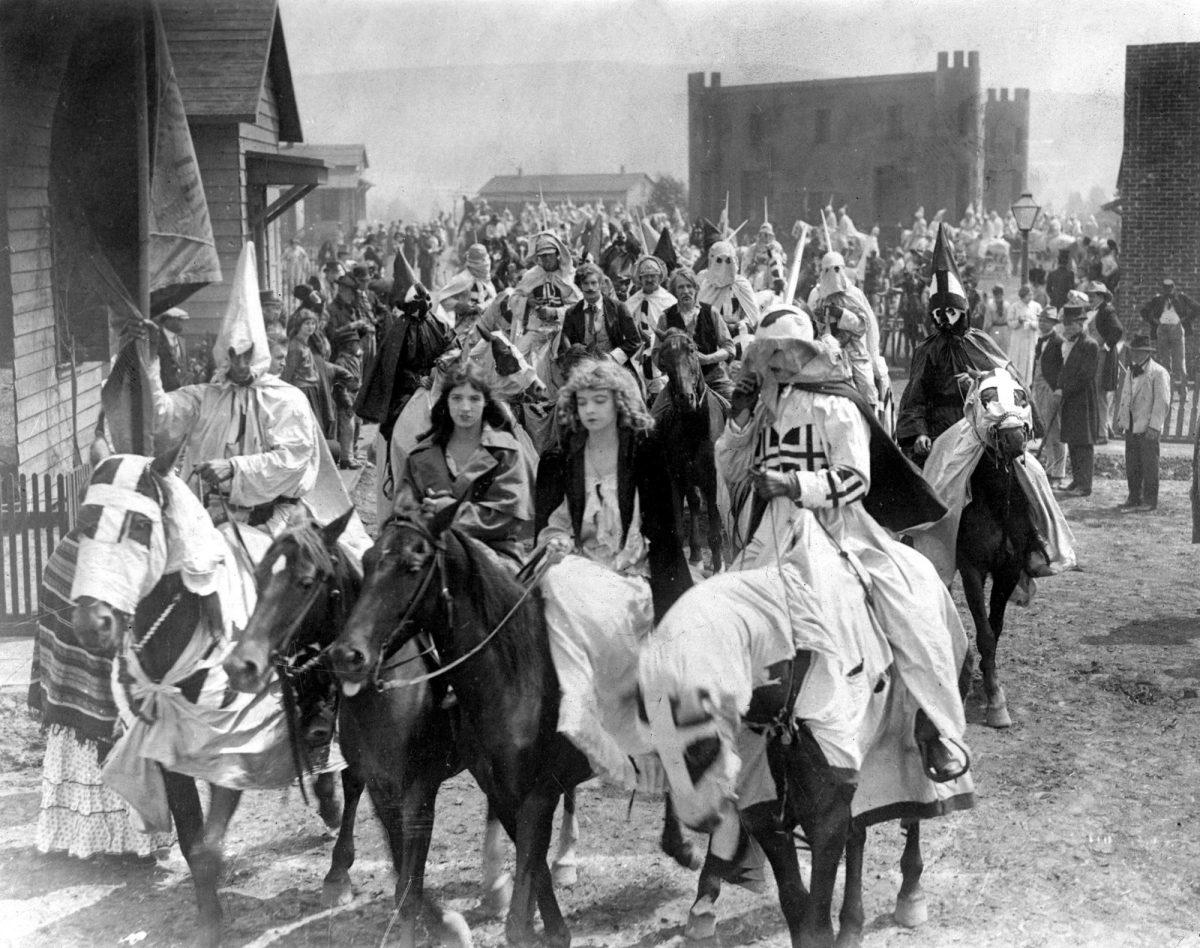Ah, the age-old question: is restricting art on any grounds a form of censorship? This is a slippery slope. Are we better off letting artists say their piece without censure? Artists are often the people who are most vulnerable to censorship. Oftentimes, when a work of art can be ‘backed up’ by having some sort of ¨deeper meaning,” the artist is given leeway to produce shocking and horrific images that fall outside of society´s typical boundaries.
Censorship of art returned to the forefront after Saul Levine, a film professor at Massachusetts College of Art and Design (MassArt) — the only public arts school in the country — showed a film in his senior thesis class which contained graphic, sexually explicit footage featuring himself and his partner. He was reported by students to the Title IX coordinator of the school, who swiftly set up a meeting with Levine. He was initially asked to leave his position at MassArt, only to be quickly reinstated after strident backlash from other artists, fearing for their own freedom of expression.
As an artist and an appreciator of the arts, I recognize that we are too often the target of unnecessary social restrictions. Art is at its highest quality when there are no rules or hang ups. Regulations can inhibit the creative vision. So, I get it. Artists are meant to upend the status quo, think outside the box, march to the beat of their own drum. When one prominent artist is struck down for a bold statement, the instinct is to cry out against it because who knows who will be next? Freedom of expression should be protected.
However, it is also important to ponder what art is validated by institutions, and what art is disregarded. Saul Levine’s art is not at all acceptable in the classroom. It has no grounds for educational purposes, as it cannot be put in any historical or cultural context that lends the film any legitimacy. It is not a marker of technical feats that are essential to the learning of future film directors. It is not even art that should be up for debate. The school has every right to fire a professor who is showing classroom material outside of the bounds of healthy scholarship.
One classic example of a film that seems inappropriate but should still be taught due to its historical importance is “The Birth of a Nation” (1915). This film, set in the ‘Old South’ during Reconstruction after the Civil War, is widely known for portraying African-Americans in a dehumanizing light and for promoting racial intolerance. At the time, it was used to show why African-Americans should not be given rights lest they overrun their white counterparts in ‘savage’ ways. The film depicts African-American men as “subhuman,” possessing “vicious bestiality” and “primitive sexuality,” as Leon Litwack wrote in “Past Imperfect: History According to the Movies.” A major theme of “The Birth of a Nation’’ is the supposed danger that hypersexualized black men pose to white women and all the prominent Black characters are played by white actors in Blackface. At the same time, this notoriously offensive film is still taught in film classes and Roger Ebert, a renowned film critic, said that it is “the first great narrative film.” It is perceived as the “first true cinematic epic” and is regarded as culturally, artistically and technically important. While the film is still taught in film courses, its racist imagery is highlighted and it is recognized as a form of white supremacist propaganda that glorifies the Ku Klux Klan. As such, the film makes sense within its context and has a relevant educational purpose.
Of course, whether or not “The Birth of a Nation” should still be taught in schools is debatable. However, there should not be a debate over whether educators have the right to dismiss it as a teachable piece of art because they believe that its racist depictions outweigh its artistic legitimacy. “The Birth of a Nation” has value because it is a clear depiction of the racist ideologies that are truly sewn into the fabric of our country’s history. Untouchable art it is not.
On the other end of the spectrum is Saul Levin’s ‘art,’ which is in no way acceptable in the classroom. Although he claims his intent was to examine gender and power dynamics through sexuality, the film is no great feat, no magnum opus, no story of our time. I saw the film myself, and anybody who claims that it is necessary for classroom learning is delusional. Are we giving him a pass because he has constructed a greater social intent to his crude sexual content? If so, why are we doing so?
It is not censorship to protect students from being unduly subjected to obscenities by a person who is in a position of power. Great art will live another day. This just isn’t it.




